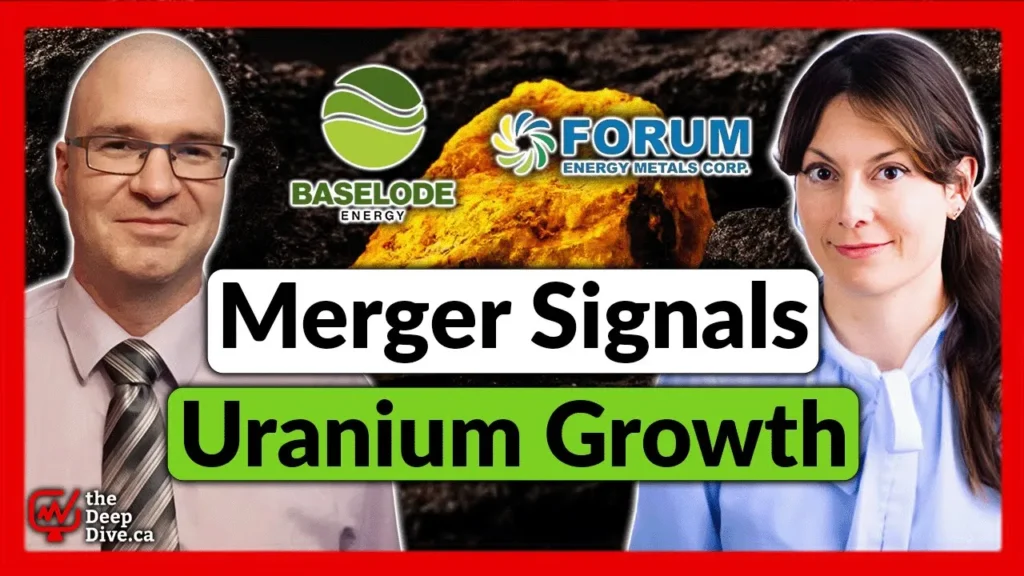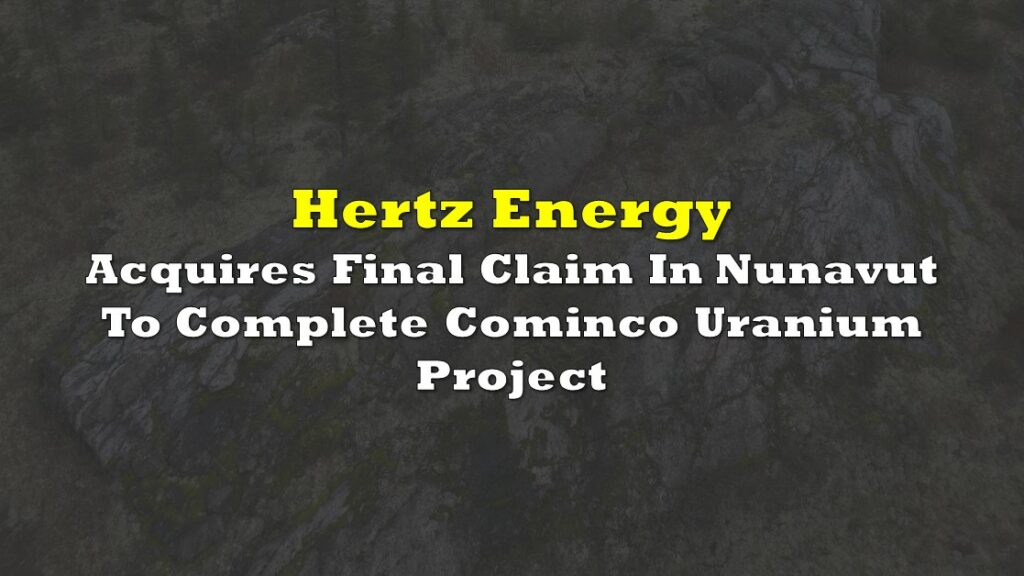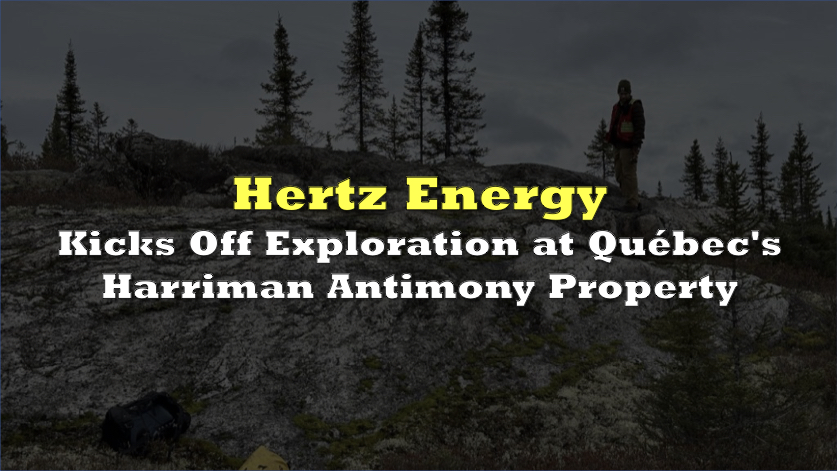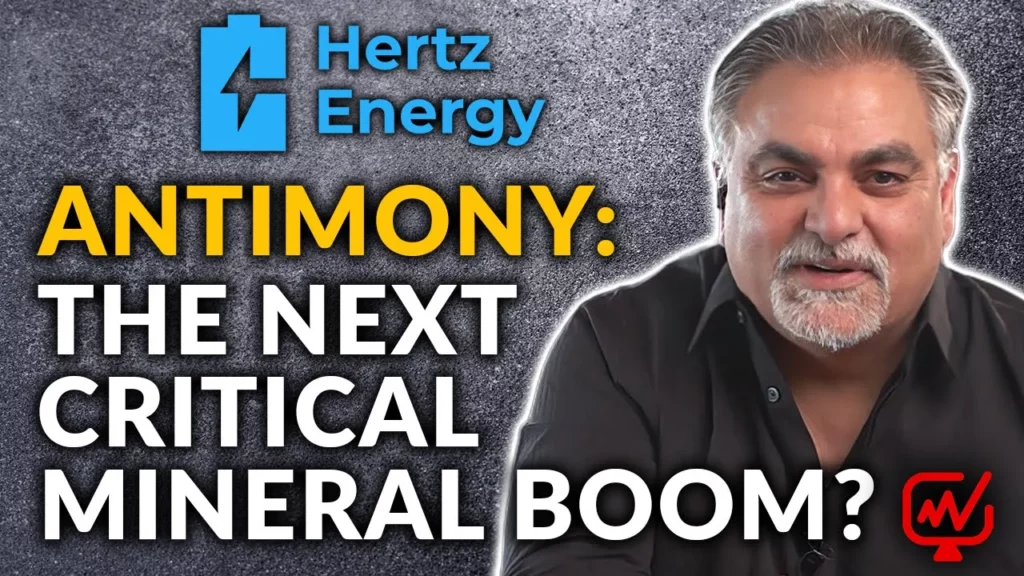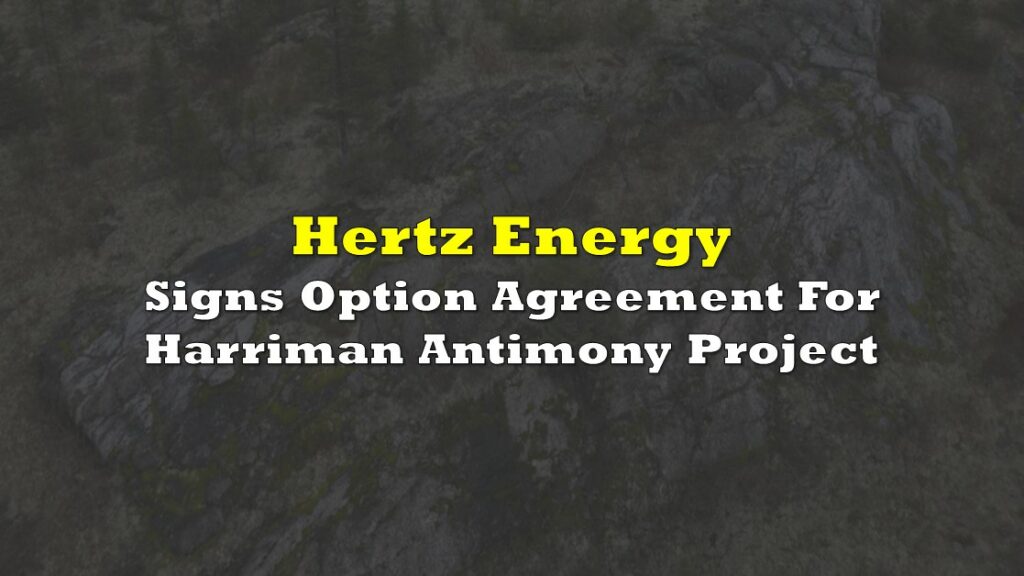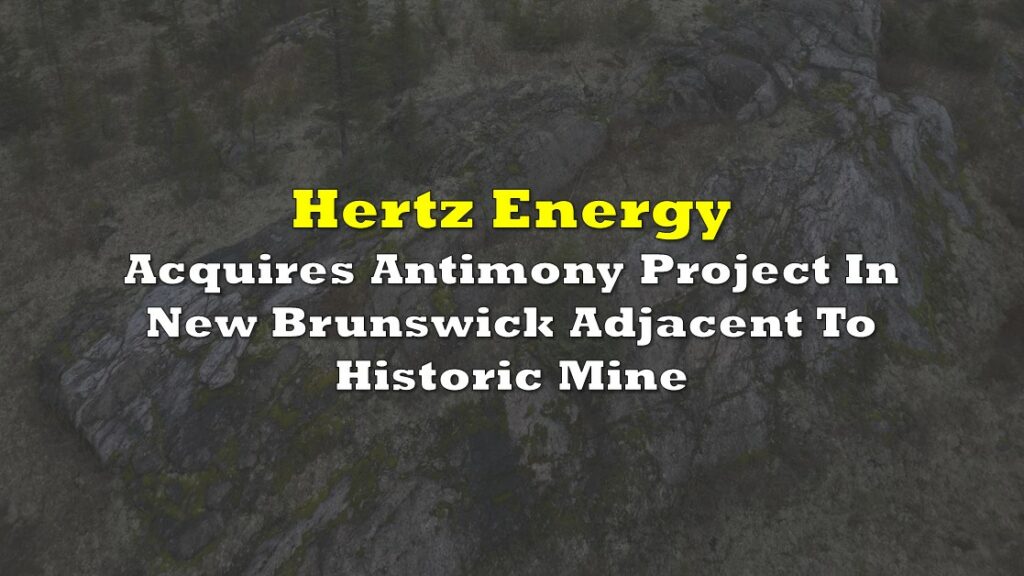FULL DISCLOSURE: This is sponsored content for Hertz Energy.
Hertz Energy (CSE: HZ) is expanding its uranium holdings. The company has elected to step outside of Canada and into Namibia, where it has submitted an application to acquire exclusive prospecting licenses.
The application pertains to an area covering 9,627 hectares in Central Namibia. Found in the Erongo region, a region which currently hosts two operating uranium mines and several major exploration-stage projects, the first proposed project is found 22 kilometres to the east of the town of Swakopmund, and 30 kilometres to the southwest of the Rossing Mine.
The Rossing Mine has been in operation for 46 years, producing 2,659 tonnes of U3O8 in 2022 alone, with a study underway to expand the mine beyond 2026.
Referred to as application EPL-10185, the proposed project is said to host similar style mineralization to that found at the Rossing Mine, as well as at the Etango deposit, operated by Bannerman Energy, which is located 15 kilometres to the southeast. Preliminary data from an airborne survey conducted by the Namibian Ministry of Mines and Energy suggests that radiometric anomalies coinciding with alaskite-hosted uranium mineralization exists on the property.

The second proposed project, found under application EPL-10186, is located 40 kilometres to the northeast of Swakopmund and 6 kilometres south of Orano’s Trekkopje Mine. An airborne survey conducted here by the Namibian government suggests a strong and consistent radiometric anomaly exists that trends northeast-southwest across the property that is coincident with subsurface streams. Two subsurface water streams are believed to be geographically similar to where paleo-channels carrying uranium-rich waters would have flowed.
The project is targeting secondary uranium mineralization, with primary mineralization potentially existing to the east of the application area. Mineralization is currently believed to be similar to that of Orano’s nearby Trekkopje mine, as well as to that of the Marenica deposit, owned by Elevate Uranium, which is found 40 kilometres to the north and contains a resource of 46 million pounds of uranium at a 93ppm U3O8 cutoff.

“We are devoted to increasing our footprint in the green energy metals markets and are excited to enter Namibia this year. Namibia has a long history of uranium exploration and production. Mary Barton and her team at Odikwa Geoservices have been instrumental in setting up our operations in the country. We are fortunate to have access to an expert local Geological Consultant Company and look forward to developing and executing our exploration initiatives in the coming months once we receive government approvals,” commented Hertz’s CEO Kal Malhi.

Namibia is currently third in terms of global production of uranium, producing 6,382 tonnes of U3O8 in 2023. The country has been a major producer for over four decades, with well-established infrastructure for the mining industry. Mining as a whole accounted for 12% of the nations GDP in 2023.
Hertz Energy last traded at $0.145 on the CSE.
FULL DISCLOSURE: Hertz Energy is a client of Canacom Group, the parent company of The Deep Dive. Canacom Group is currently long the equity of Hertz Energy. The author has been compensated to cover Hertz Energy on The Deep Dive, with The Deep Dive having full editorial control. Not a recommendation to buy or sell. We may buy or sell securities in the company at any time. Always do additional research and consult a professional before purchasing a security.


